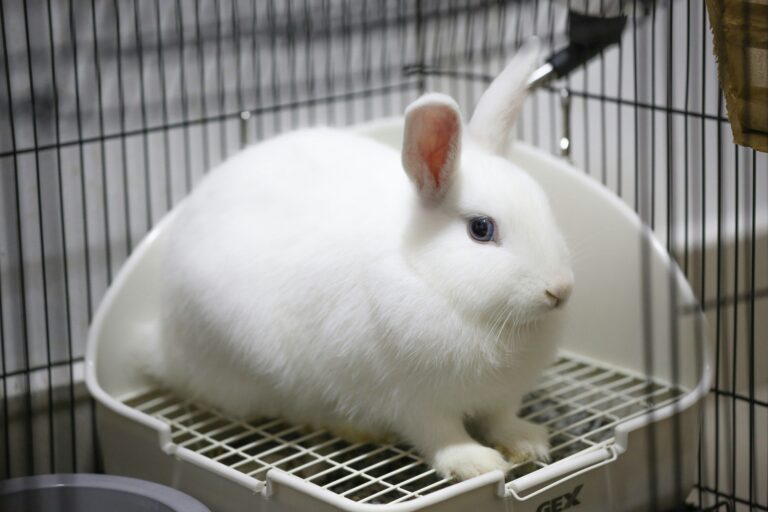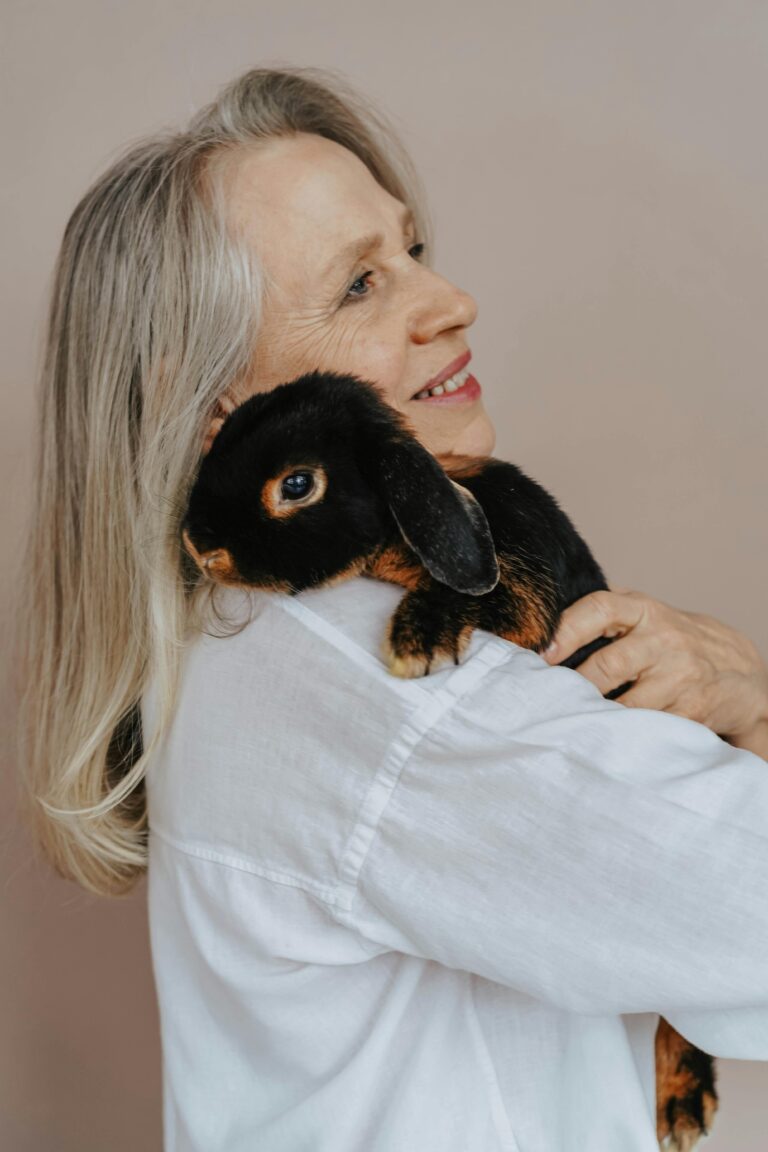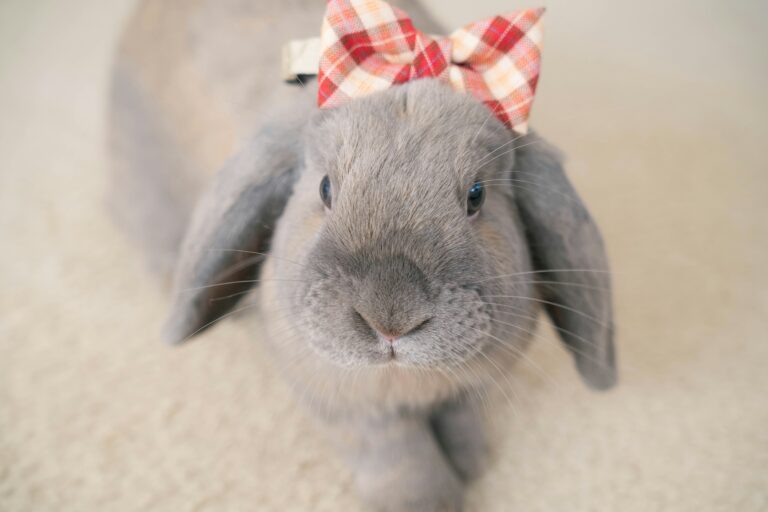Angora Grooming Tips

Angora rabbits are renowned for their luxurious wool coats! These rabbit’s coats come at a price, though, and require regular grooming to maintain their health and appearance. Proper grooming not only keeps your Angora rabbit’s fur tangle-free and mat-free but also prevents skin issues and promotes overall well-being.
In this guide, we’ll delve into the intricacies of grooming Angora rabbits, covering everything from grooming tools and techniques to grooming frequency and potential health concerns. These tips and techniques don’t just stop at Angoras though! Any long haired, or wooly breed will benefit from them
Understanding Angora Rabbit Coats
Angora rabbits have long, silky coats that grow continuously, making grooming a vital aspect of their care! These rabbits will require regular grooming to prevent tangles and build up of mats. Additionally, some Angora breeds do not shed, meaning they will need occasional shearing.
Essential Grooming Tools
Before diving into grooming your Angora rabbit, it’s essential to have the right tools on hand. These may include a slicker brush, a wide-toothed comb, grooming scissors, a mat splitter, and a grooming table or surface. Invest in high-quality tools designed for small animals to ensure a gentle and effective grooming experience.
Additionally, some Angora owners recommend using a forced air dryer to blow out tangles and dander. This can work well, but it is important to only use one that is recommended for small animals and has a non-heated setting. Blowers can easily get too hot and burn your bunny!
Grooming Techniques for Angora Rabbits
Start by gently brushing your Angora rabbit’s coat in the direction of hair growth to remove loose fur, dirt, and debris. Use a slicker brush to detangle any mats or knots, working in small sections to avoid causing discomfort. Trim any excessively long fur around the ears, eyes, and hindquarters with grooming scissors, taking care to avoid cutting the skin.
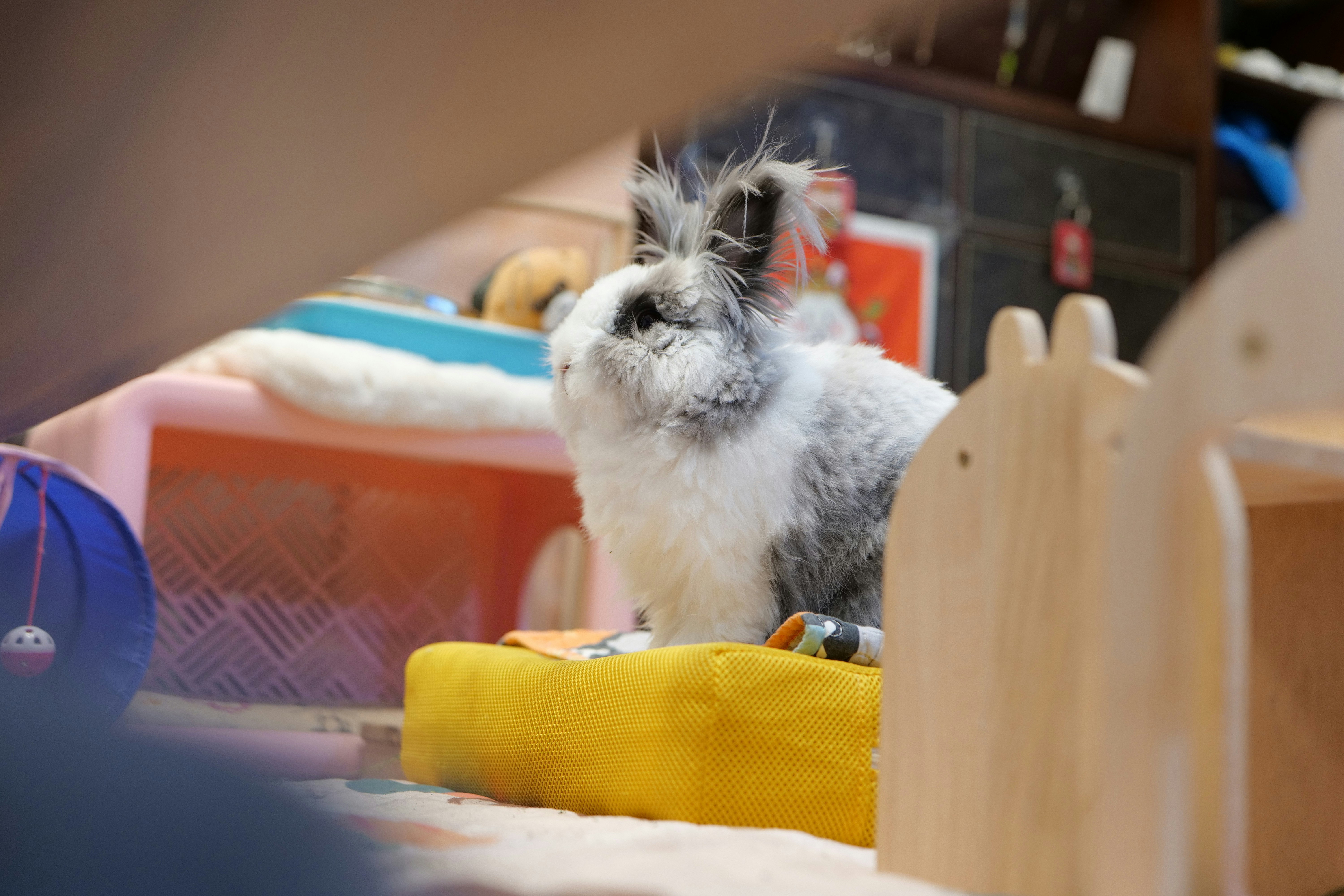
Frequency of Grooming Sessions
The frequency of grooming sessions for Angora rabbits depends on various factors, including breed, coat length, density, and lifestyle. In general, Angoras with longer or finer coats may require grooming every 1-2 days to prevent matting and tangling, while those with shorter coats or more guard hairs may only need grooming once or twice a week. Regular grooming sessions also provide an opportunity to bond with your rabbit and monitor their overall health.
Preventing Matting and Tangling
Matting and tangling are common issues in Angora rabbits due to the nature of their woolly coats. To prevent matting, ensure your rabbit’s living environment is clean and free of debris that could become trapped in their fur. Regular grooming, including thorough brushing and combing, helps remove loose fur and prevents mats from forming.
Dealing with Matting and Knots
Despite preventive measures, matting and knots may still occur in an Angora rabbit’s coat. Use a mat splitter or de-matting comb to gently tease apart mats and knots, starting from the outer edges and working your way inward. Take your time and be patient to avoid causing discomfort or injury to your rabbit.
If the mat has gotten too out of control you can use scissors or clippers to remove it, but be careful to not accidently cut your rabbit.
Maintaining Skin Health
Proper grooming not only keeps your Angora rabbit’s coat in top condition but also promotes skin health. Inspect your rabbit’s skin regularly for signs of irritation, redness, or parasites, and consult a veterinarian if you notice any abnormalities. Provide a balanced diet rich in fiber and ensure your rabbit has access to clean water to support healthy skin and coat growth.
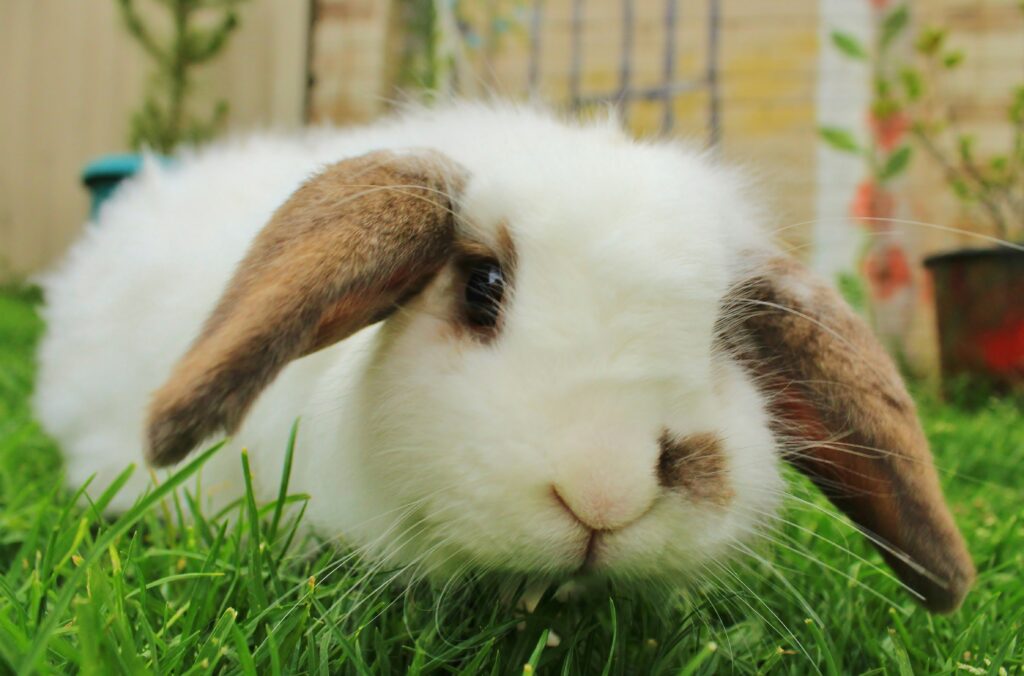
Potential Health Concerns
While regular grooming is essential for Angora rabbit care, it’s also gives you a good opportunity to closely monitor your rabbit’s health. Keep an eye out for skin infections, flystrike, and parasites such as fleas and wool mites. Watch for behavioral and feeding/elimination changes that could suggest wool block. Monitor your rabbit’s behavior, appetite, and overall appearance closely, and seek veterinary care if you notice any signs of illness or distress!
Conclusion
Grooming an Angora rabbit requires patience, diligence, and a gentle touch. By understanding their unique coat requirements, investing in the right grooming tools, and establishing a regular grooming routine, you can keep your furry friend looking and feeling their best!
Remember to approach grooming sessions with care and sensitivity, and always prioritize your rabbit’s comfort and well-being. With proper grooming and attention, your Angora rabbit can enjoy a healthy and happy life!


